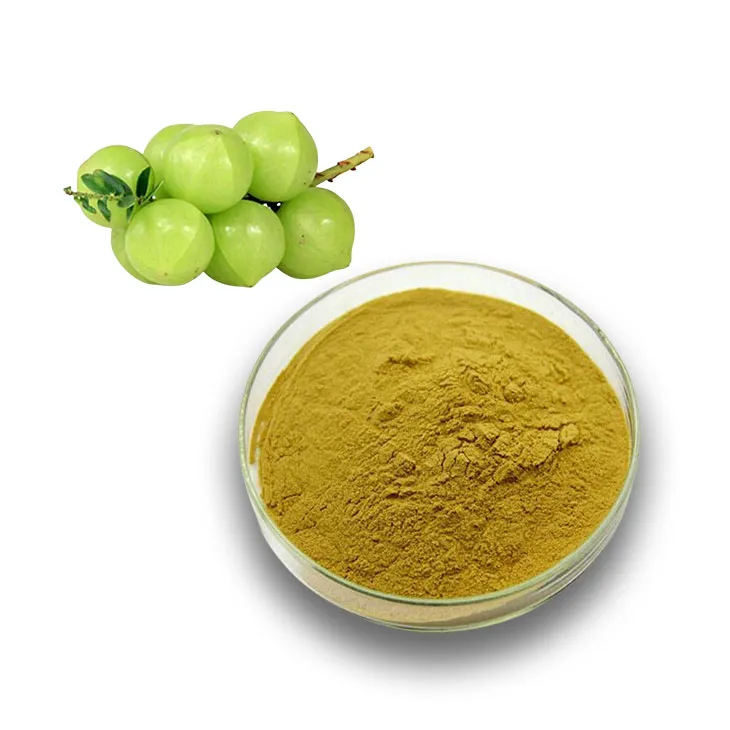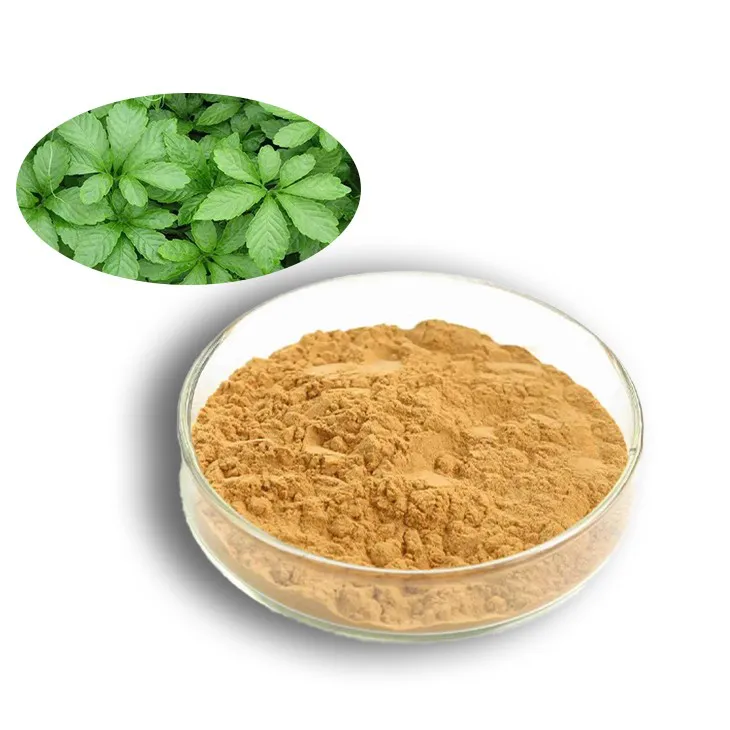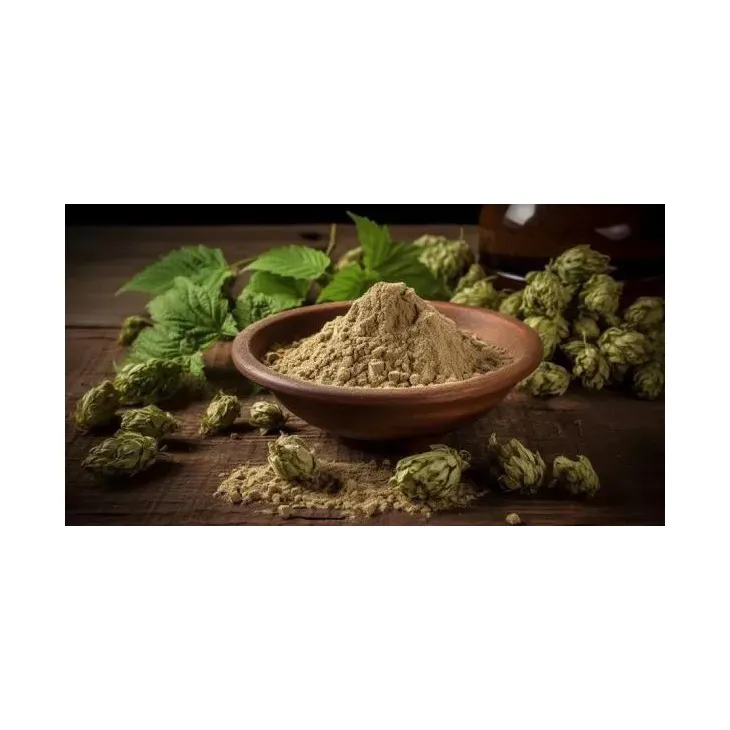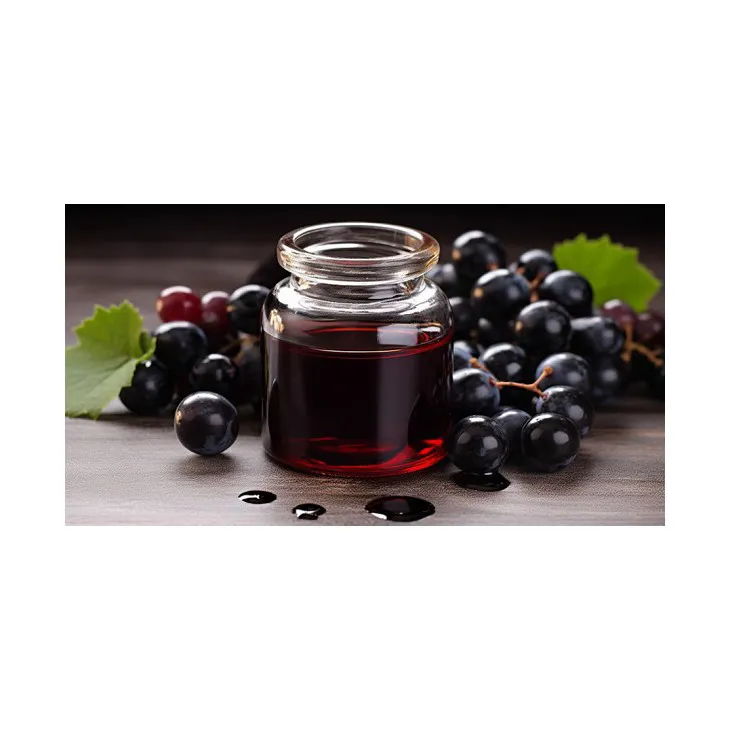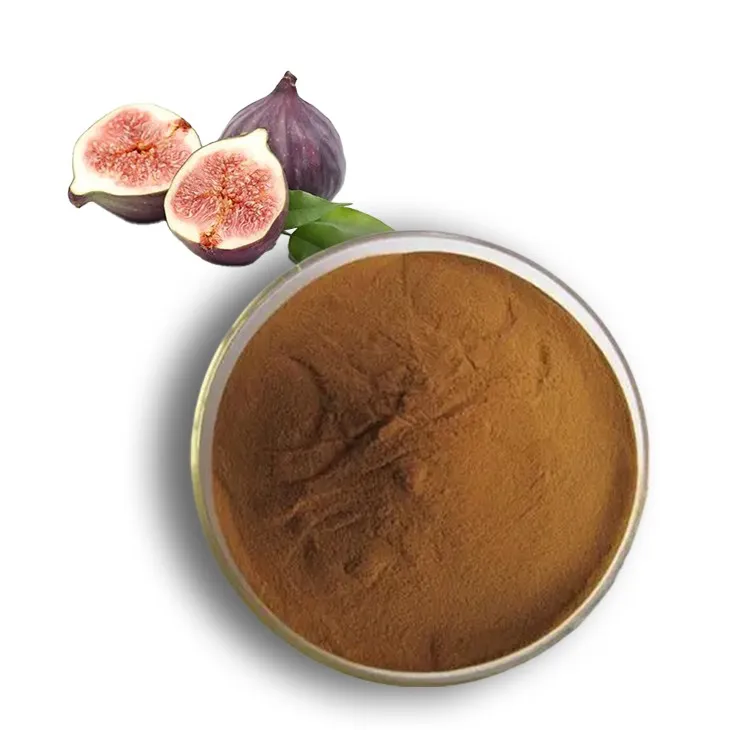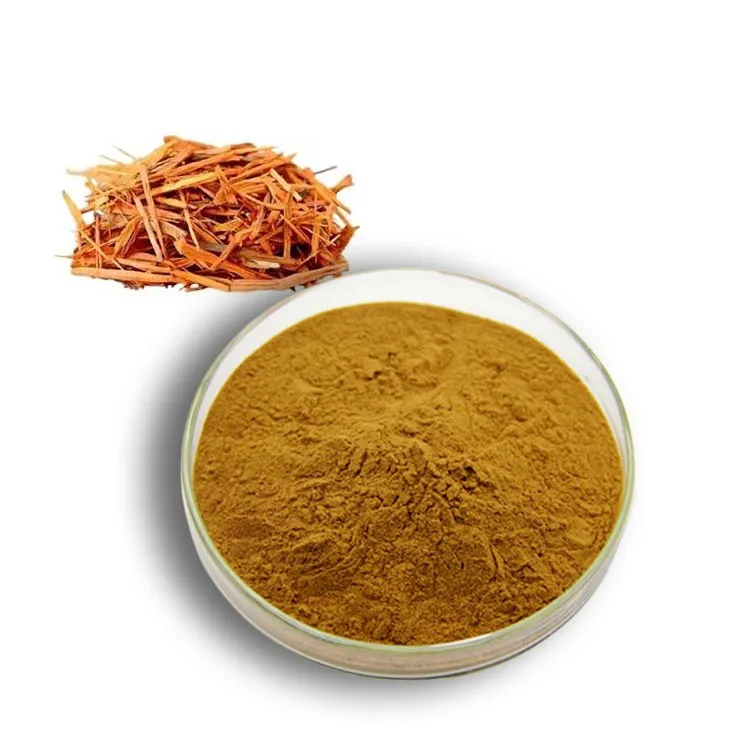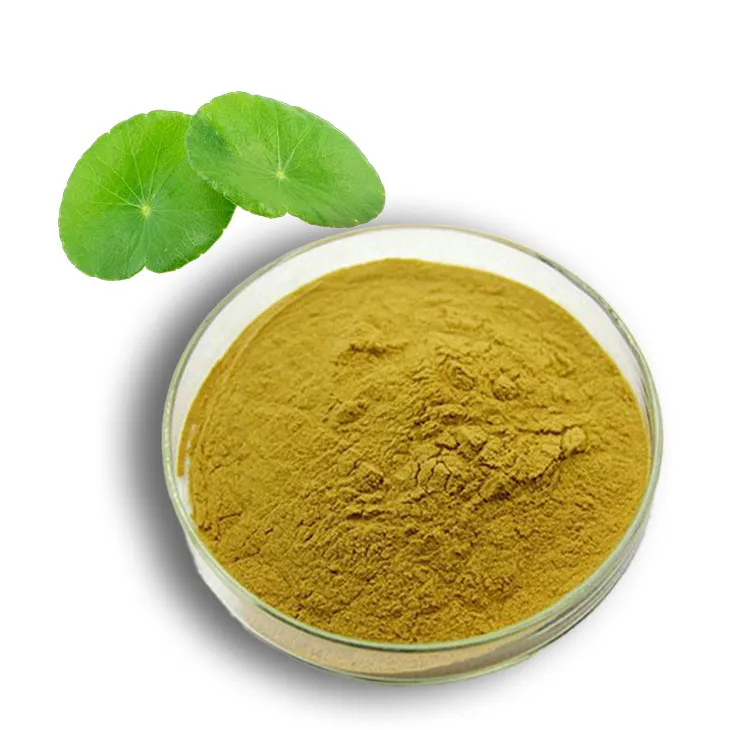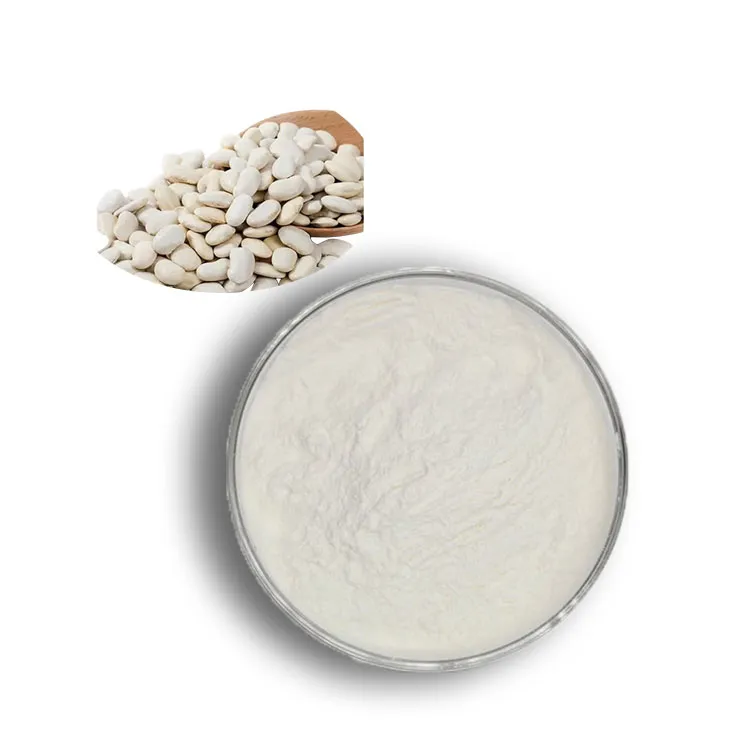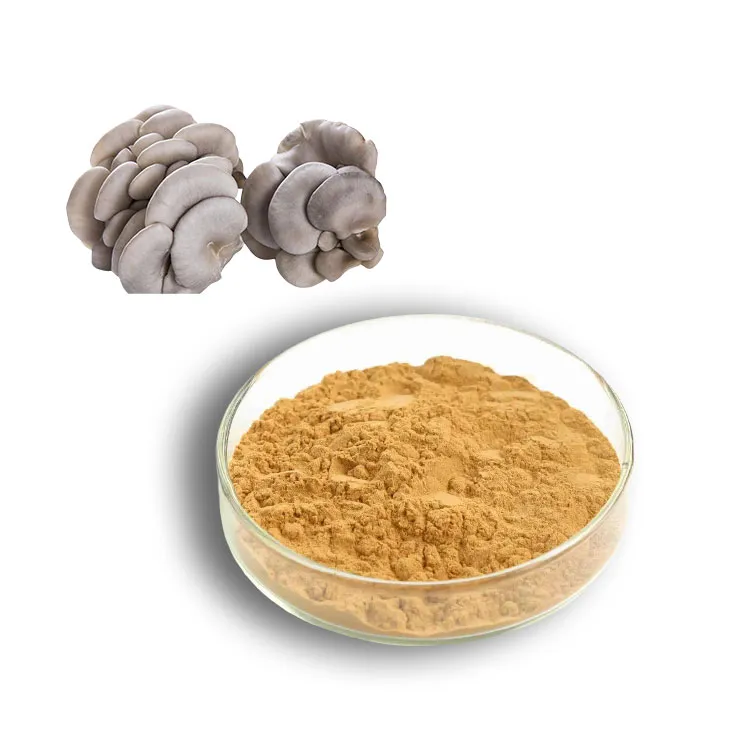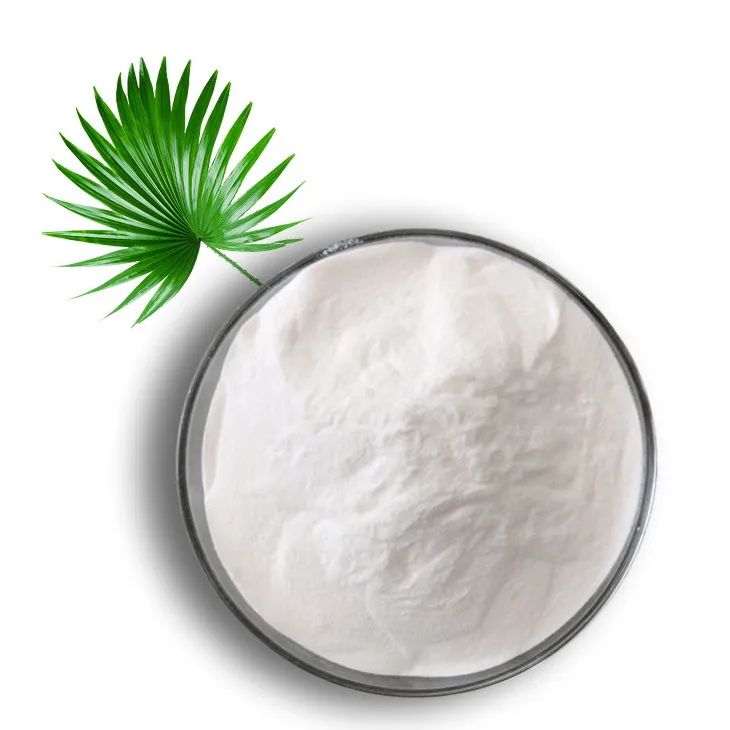- 0086-571-85302990
- sales@greenskybio.com
From Field to Bottle: Unveiling the Sugarcane Extraction Process
2024-07-03
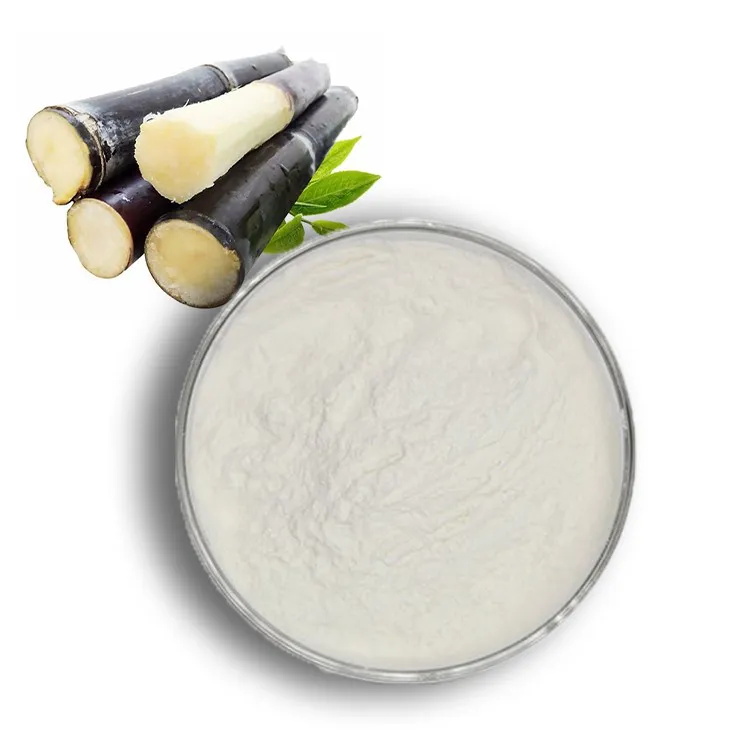
1. Introduction
Sugarcane is one of the most important crops in the world, providing the raw material for sugar production and a variety of sweet syrups. The journey from the sugarcane fields to the final bottled product is a long and intricate one. This article will take you through each step of this remarkable process, from cultivation to extraction and refinement.
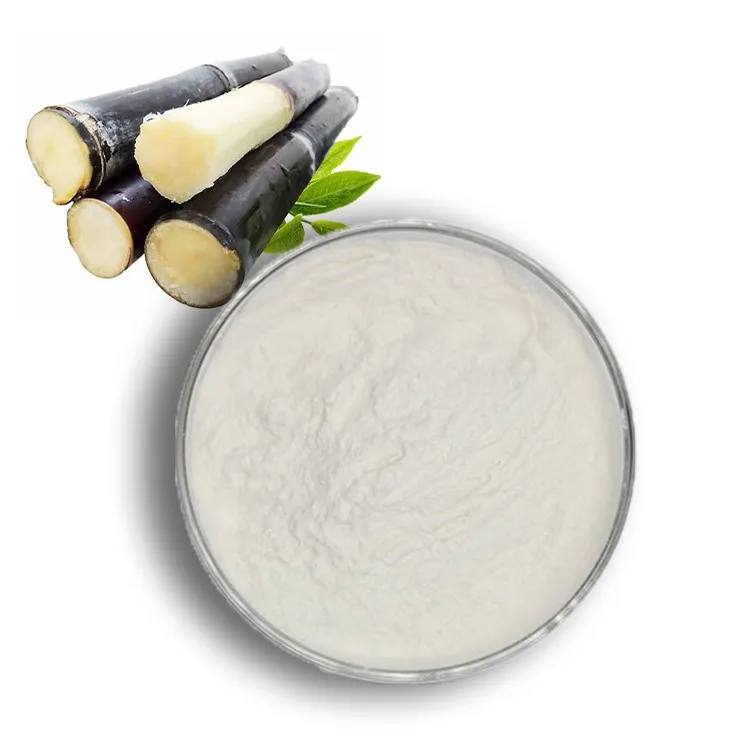
2. Sugarcane Cultivation
Sugarcane is a tropical and subtropical crop that requires specific environmental conditions to thrive.
2.1 Climate Requirements
It prefers warm temperatures, typically between 20 - 30 degrees Celsius. Adequate sunlight is also crucial for photosynthesis, which helps the plant to grow and accumulate sugar. Moreover, a sufficient amount of rainfall, usually around 1500 - 2500 mm per year, is necessary. However, in regions with less rainfall, irrigation systems are implemented to ensure the proper growth of sugarcane.
2.2 Soil Conditions
Well - drained, fertile soils are ideal for sugarcane cultivation. Soils rich in organic matter, such as loamy or alluvial soils, provide the necessary nutrients for the plant. The pH level of the soil should be slightly acidic to neutral, around 6.0 - 7.5. Before planting, the soil is often prepared through plowing and harrowing to create a loose and friable seedbed.
2.3 Planting
Sugarcane is usually planted using cuttings, also known as setts. These setts are sections of the sugarcane stalk that contain at least one bud. They are planted either horizontally or at a slight angle in furrows. The spacing between the setts and the rows is carefully determined to allow proper growth and development of the plants. Once planted, the setts are covered with soil, and in some cases, a layer of mulch may be added to conserve moisture and suppress weed growth.
2.4 Growth and Maintenance
During the growth period, which can last from 9 - 24 months depending on the variety and growing conditions, the sugarcane plants require regular care.
- Weeding is essential to prevent competition for nutrients, water, and sunlight. Manual weeding or the use of herbicides may be employed.
- Fertilization is carried out to supply the necessary nutrients. Nitrogen, phosphorus, and potassium are the main nutrients required, and their application rates are adjusted according to the soil analysis and the growth stage of the plants.
- Pest and disease control is crucial. Common pests such as aphids, borers, and scale insects can damage the plants, while diseases like smut and mosaic virus can affect the yield. Integrated pest management strategies, including biological control, cultural practices, and the use of pesticides when necessary, are implemented to keep the pests and diseases in check.
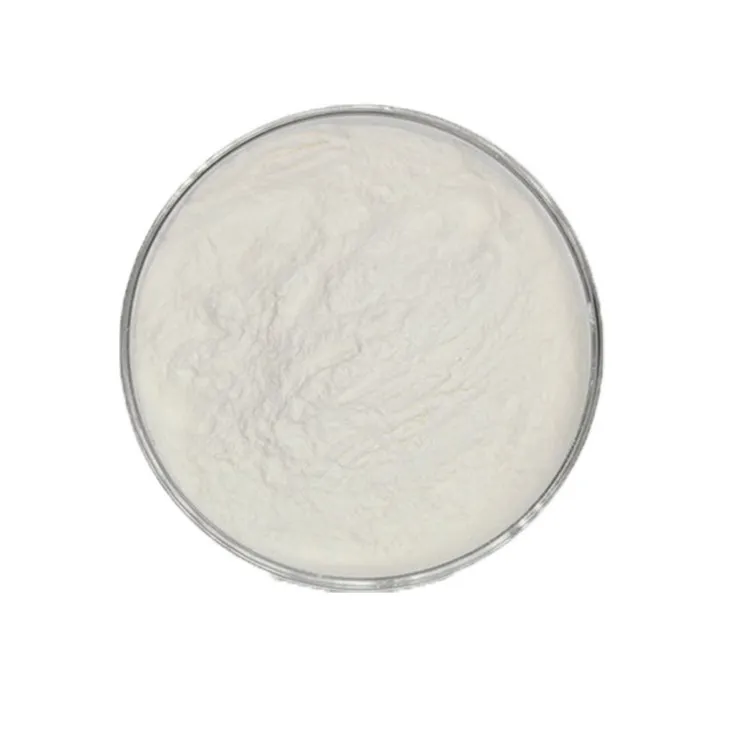
3. Harvesting
When the sugarcane is fully mature, it is ready for harvesting.
3.1 Signs of Maturity
The color of the sugarcane stalks changes from green to a yellowish - brown as it matures. The sucrose content also reaches its peak. This can be determined through various methods, such as sampling and laboratory analysis or by experienced farmers who can judge based on visual and tactile cues.
3.2 Harvesting Methods
There are two main methods of harvesting sugarcane: manual and mechanical.
- Manual Harvesting: In some regions, especially in developing countries or for small - scale farming, manual harvesting is still common. Workers use machetes or specialized knives to cut the sugarcane stalks close to the ground. This method is labor - intensive but can be more selective, allowing for the removal of damaged or immature stalks. However, it is also slower and less efficient compared to mechanical harvesting.
- Mechanical Harvesting: In large - scale plantations, mechanical harvesters are used. These machines are designed to cut the sugarcane stalks, strip off the leaves, and chop the stalks into smaller pieces. Mechanical harvesting is much faster and can cover large areas in a short time. However, it requires significant investment in machinery and may not be as precise as manual harvesting in terms of selecting only the mature stalks.
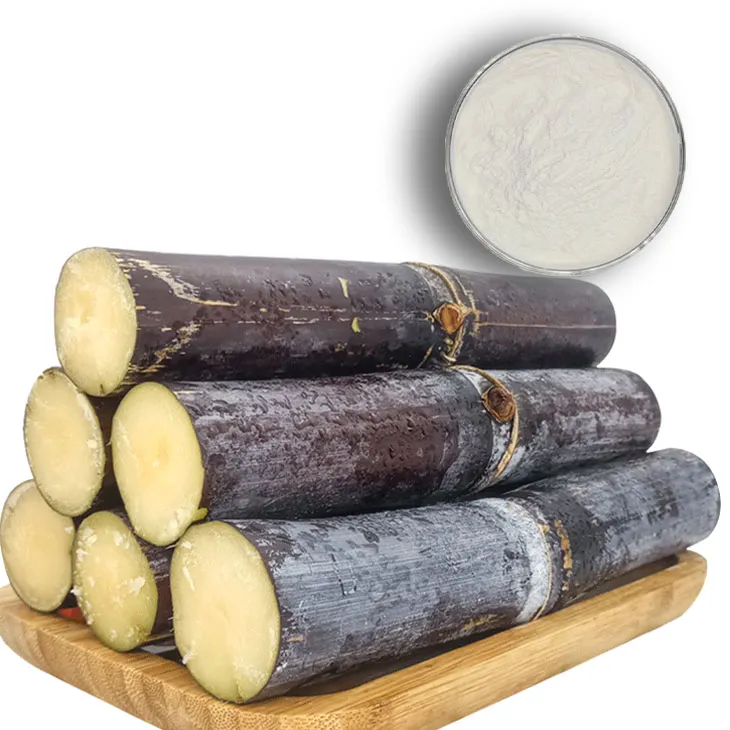
4. Juice Extraction
Once the sugarcane is harvested, the next step is to extract the juice from the stalks.
4.1 Preparation of the Harvested Cane
If the cane was mechanically harvested, it may need to be further processed to remove any remaining debris, such as leaves or dirt. In the case of manual harvesting, the stalks are often bundled together and transported to the extraction facility.
4.2 Extraction Machinery
There are different types of machinery used for juice extraction.
- The most common is the three - roller mill. In this machine, the sugarcane stalks are passed between three rollers that are set at different pressures. As the stalks are squeezed, the juice is extracted, and the fibrous residue, known as bagasse, is left behind. The rollers are often made of steel and are carefully calibrated to ensure maximum juice extraction while minimizing damage to the equipment.
- Another type of extraction equipment is the diffuser. The diffuser uses a counter - current extraction process, where the sugarcane stalks are continuously washed with hot water or a dilute sugar solution. This process extracts the juice more thoroughly than the roller mill but is more complex and requires more energy.
4.3 Quality of the Extracted Juice
The quality of the extracted juice is crucial for the subsequent refining process. The juice should be free from excessive impurities, such as soil particles, pieces of fiber, or other contaminants. The sucrose content of the juice is also an important factor. It is typically measured and monitored to ensure that it meets the requirements for further processing. If the juice has a low sucrose content, it may need to be concentrated or blended with other higher - quality juices.
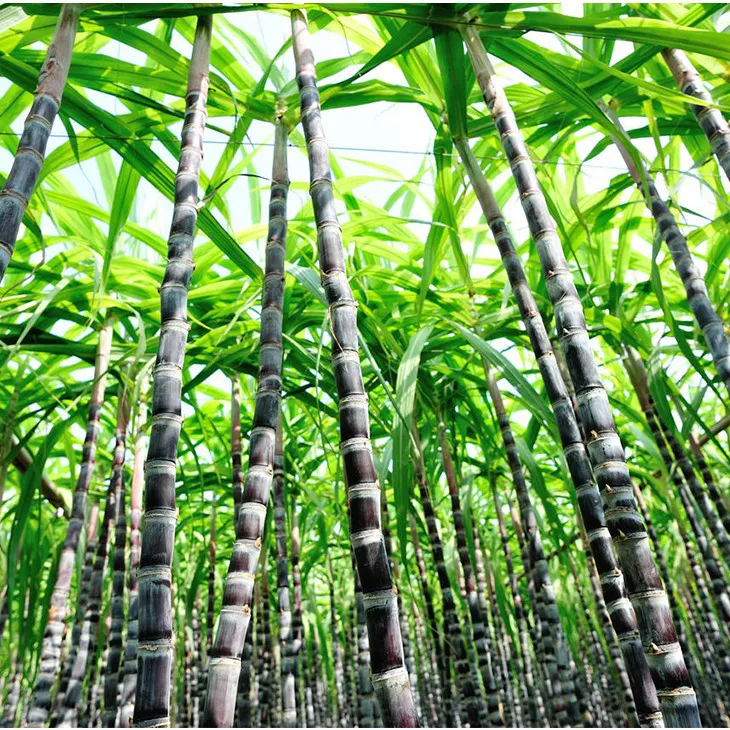
5. Refining Process
The extracted sugarcane juice goes through a series of refining steps to transform it into the final product, whether it is granulated sugar or a sweet syrup.
5.1 Clarification
The first step in refining is clarification. The goal of clarification is to remove impurities from the juice. This is achieved through various methods.
- One common method is the use of lime and heat. Lime (calcium hydroxide) is added to the juice, which causes the impurities to coagulate. The juice is then heated, typically to around 100 - 110 degrees Celsius. This heating process further aids in the coagulation and precipitation of the impurities. The coagulated impurities are then removed by filtration or sedimentation.
- Another method is the use of flocculants. Flocculants are chemicals that can cause the small particles in the juice to clump together, making them easier to remove. These flocculants are added in small amounts and are often used in combination with the lime - heat method to improve the clarification process.
5.2 Evaporation
After clarification, the juice is concentrated through evaporation. The evaporation process is carried out in large evaporators, which are essentially heat exchangers. The juice is heated under vacuum conditions, which allows the water to evaporate at a lower temperature. This is important because it helps to preserve the quality of the sugar and reduces the energy consumption. As the water evaporates, the juice becomes more concentrated, and the sucrose content increases.
5.3 Crystallization
Once the juice has been concentrated to a certain level, it is ready for crystallization. Crystallization is a crucial step in sugar production. The concentrated juice is seeded with small sugar crystals, which act as nuclei for the growth of larger crystals. The mixture is then cooled slowly while being stirred continuously. As the temperature drops, the sucrose molecules in the juice begin to attach to the seed crystals and grow, forming larger sugar crystals. The size and quality of the crystals are carefully controlled during this process.
5.4 Separation and Drying
After crystallization, the sugar crystals need to be separated from the remaining liquid, known as mother liquor. This is typically done using centrifuges. The centrifuges spin at high speeds, forcing the mother liquor to be thrown out, leaving behind the sugar crystals. The separated sugar crystals are then dried to remove any remaining moisture. Drying can be done in a variety of ways, such as using hot air dryers or vacuum dryers. Once dried, the sugar is ready for packaging or further processing into different grades and types.
5.5 Syrup Production
If the goal is to produce sweet syrups instead of granulated sugar, the refining process may be adjusted. After clarification and evaporation, the concentrated juice may be further processed to adjust its viscosity, flavor, and color. This can be done by adding ingredients such as flavors, colors, or acids, depending on the desired type of syrup. The final syrup is then bottled for consumption.
6. Packaging and Bottling
For granulated sugar, it is typically packaged in bags or containers of various sizes, depending on the market demand. The packaging is designed to protect the sugar from moisture, pests, and other contaminants during storage and transportation.
In the case of syrups, they are bottled in glass or plastic bottles. The bottles are carefully labeled with information such as the product name, ingredients, nutritional information, and expiration date. Before bottling, the syrups are often filtered one more time to ensure their clarity and quality.
7. Conclusion
The process of Sugarcane Extraction, from the fields to the bottle, is a complex and multi - step process. It involves careful cultivation, harvesting, juice extraction, and refining. Each step is crucial in ensuring the quality of the final product, whether it is the granulated sugar we use in our daily lives or the sweet syrups that add flavor to our foods and beverages. Understanding this process gives us a greater appreciation for the hard work and technology involved in bringing this natural sweetener from the sugarcane fields to our tables.
FAQ:
How is sugarcane harvested?
There are different methods of sugarcane harvesting. In some cases, it is harvested manually. Workers use machetes or other cutting tools to cut the mature sugarcane stalks close to the ground. In more mechanized operations, large harvesters are used. These machines can cut, strip the leaves, and chop the stalks into smaller pieces ready for further processing.
What is the process of extracting juice from sugarcane?
Once the sugarcane is harvested, the extraction of juice can be done through milling. The sugarcane stalks are crushed between heavy rollers. This squeezing action releases the juice from within the fibrous stalks. Some modern extraction processes may also involve the use of additional techniques to maximize the amount of juice obtained, such as pre - treatment of the stalks to soften them before milling.
How many refining stages are there in the sugarcane - to - sugar process?
Typically, there are multiple refining stages. After the initial extraction of juice, the juice is clarified to remove impurities like dirt, fiber, and some non - sugar substances. Then, it is evaporated to concentrate the sugar content. Crystallization is another important stage where sugar crystals form. After crystallization, the crystals are separated from the remaining liquid (molasses). Further purification steps may also be involved to obtain high - quality white sugar, so in total, there are around four to six major refining stages depending on the desired final product.
What are the main uses of the final products from Sugarcane Extraction?
The main product, sugar, is widely used in the food and beverage industry. It is used for sweetening various products like baked goods, beverages, and confectionery. The syrups obtained from sugarcane, such as cane syrup, are also used as sweeteners, especially in some traditional recipes and in the production of certain processed foods. Additionally, sugarcane products can be used in the production of biofuels.
How does the quality of sugarcane affect the final bottled product?
The quality of sugarcane has a significant impact on the final bottled product. High - quality sugarcane with a good sugar content and free from diseases and pests will result in a better - tasting and purer final product. If the sugarcane is of poor quality, it may contain lower levels of sugar, more impurities, and this can lead to a less - desirable final product. For example, in the case of bottled syrups, lower - quality sugarcane may result in a syrup with an off - taste or a less - appealing color.
Related literature
- Sugarcane Processing: From Field to Factory" by John Doe
- "The Science of Sugarcane Extraction and Refining" by Jane Smith
- "Advanced Techniques in Sugarcane Juice Extraction" by Mark Johnson
- ▶ Hesperidin
- ▶ Citrus Bioflavonoids
- ▶ Plant Extract
- ▶ lycopene
- ▶ Diosmin
- ▶ Grape seed extract
- ▶ Sea buckthorn Juice Powder
- ▶ Fruit Juice Powder
- ▶ Hops Extract
- ▶ Artichoke Extract
- ▶ Mushroom extract
- ▶ Astaxanthin
- ▶ Green Tea Extract
- ▶ Curcumin
- ▶ Horse Chestnut Extract
- ▶ Other Product
- ▶ Boswellia Serrata Extract
- ▶ Resveratrol
- ▶ Marigold Extract
- ▶ Grape Leaf Extract
- ▶ New Product
- ▶ Aminolevulinic acid
- ▶ Cranberry Extract
- ▶ Red Yeast Rice
- ▶ Red Wine Extract
-
Phyllanthus Emblica Extract
2024-07-03
-
Gynostemma pentaphyllum extract
2024-07-03
-
Uridine-5'-monophosphate Disodium salt
2024-07-03
-
Red Wine Extract
2024-07-03
-
Fig Extract
2024-07-03
-
Yellow Pine Extract
2024-07-03
-
Centella Asiatica Extract
2024-07-03
-
Kidney Bean Extract
2024-07-03
-
Oyster Mushroom Extract Powder
2024-07-03
-
Saw Palmetto Extract
2024-07-03











